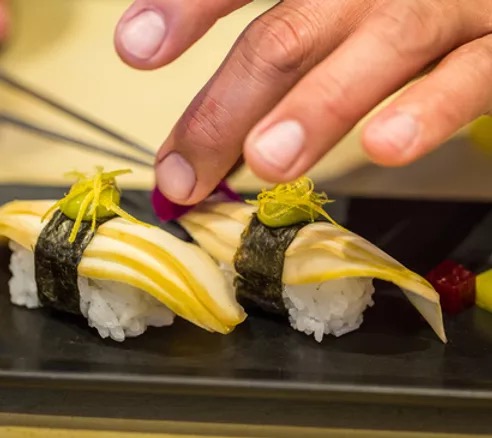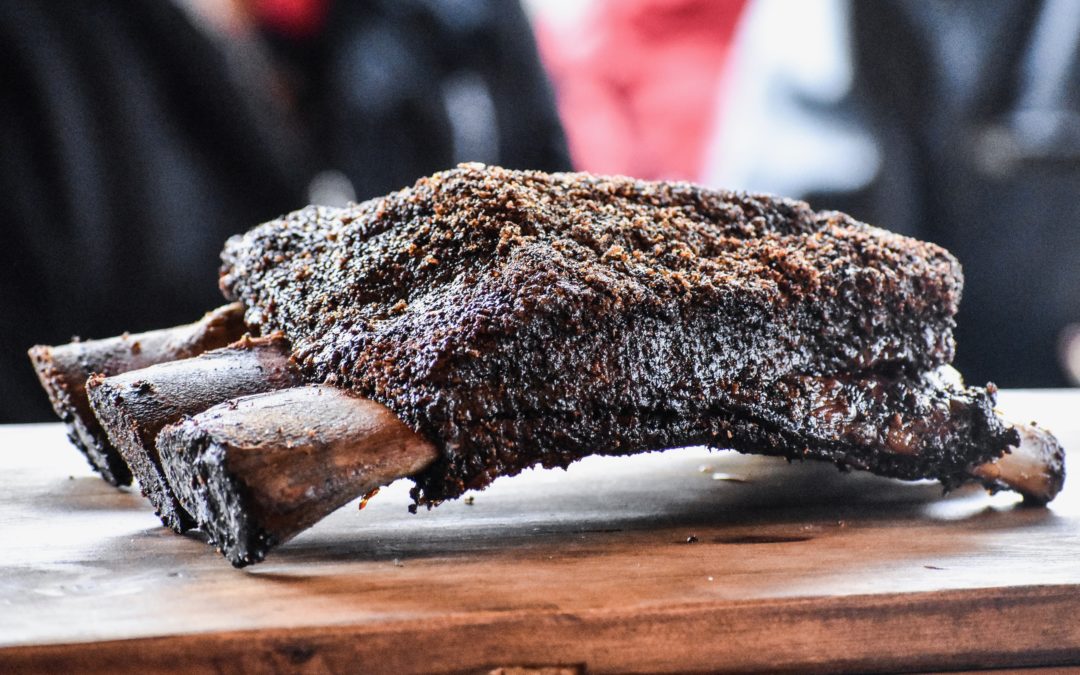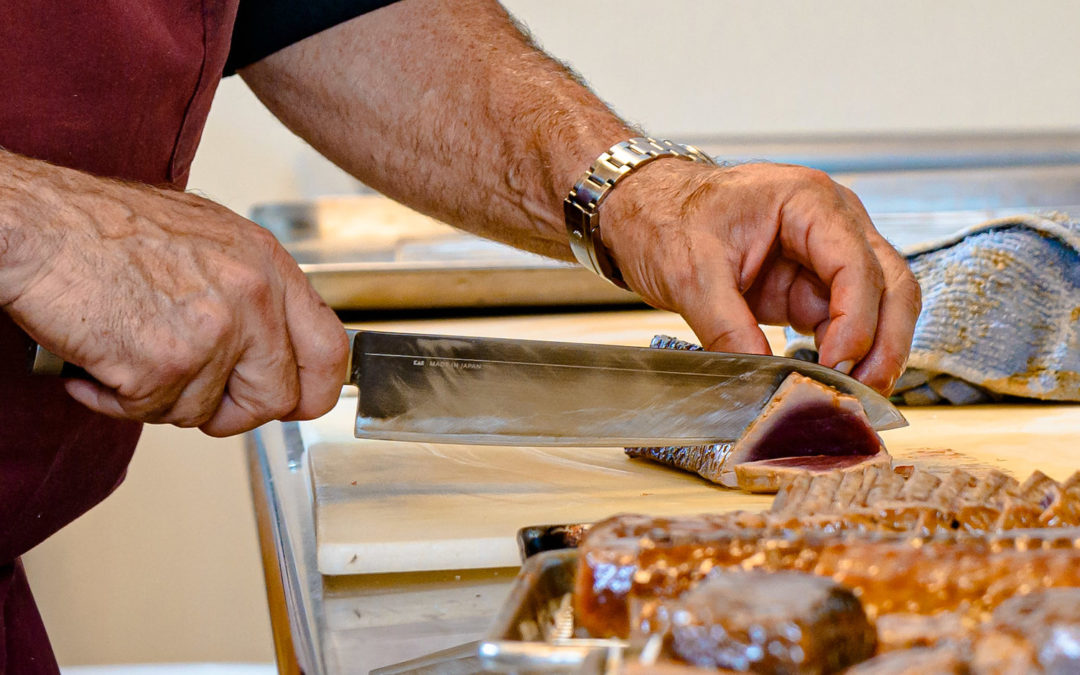
Top 5: Mark Tarlov
Top 5 wines with wine entrepreneur and filmmaker Mark Tarlov.

Top 5: Richard Betts
Top 5 wines with winemaker, spirits producer and award-winning author Richard Betts.

Top 5: Schatzi Throckmorton
Top 5 wines with winemaker Schatzi Throckmorton.

Behind the Menu: Tane Vegan Izakaya
Tane Vegan Izakaya located on Beretania Street in Honolulu, offers an out-of-this-world selection of entirely plant-based sushi items and other Japanese dishes for diners keeping a fish-free diet or daring to try a creative take on this traditional cuisine.

Short Ribs: Explained
Short ribs are a traditional local favorite, but many don’t know the secrets behind perfecting the dish. Chefs Kelvin Ro, Roy Yamaguchi and Matt Pittman explained their favorite ways to cook the best short rib, a staple of their individual cultures.

Chef’s Knives: Explained
“I was always told to use the proper tool for the proper job,” said chef Michael Mina, reflecting on the importance of correct knife use in the kitchen. Many chefs, including Mina, have perfected their knife skills to create the best dishes possible. “The saying was always small job, small knife, large job, large knife.” Knives are a very important chef’s tool, and the different types of knives as well as the different cuts are concepts that every chef, even those just starting at home, should understand.

Olive Oil: Explained
As the healthiest fruit juice, olive oil is a high quality “flavor-enhancer,” which can be used on a variety of dishes. Brian Foster, co-owner of Island Olive Oil and certified olive oil sommelier, is an expert on oil from farm to table. Island Olive Oil gathers its oils from orchards in Chile, Italy, Spain, Greece, Turkey and other places with Mediterranean climates, where olive trees thrive. After the olive oil is pressed, it goes through two stages, sensory analysis and chemical analysis, to determine its quality.

Watercress: Explained
Sumida Farm, a watercress farm located in Aiea, grows foot-and-a-half long watercress which locals can taste in restaurants — and even in their own kitchen. Watercress is a versatile, nutrient-dense superfood, which can be used in many different dishes to make healthy and delicious food. Sumida Farm wants to encourage people to pick up watercress when they see it, and many people are experimenting with the unique vegetable.